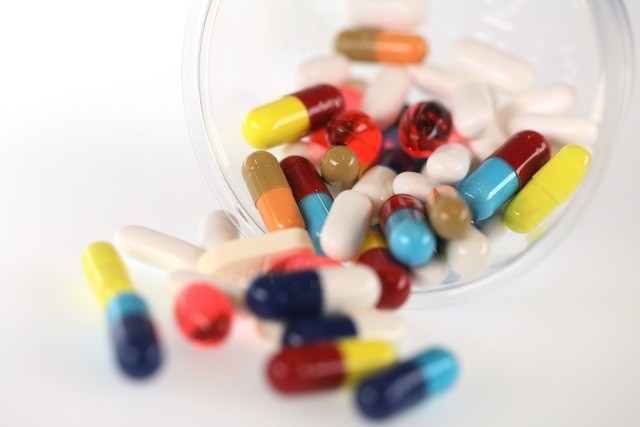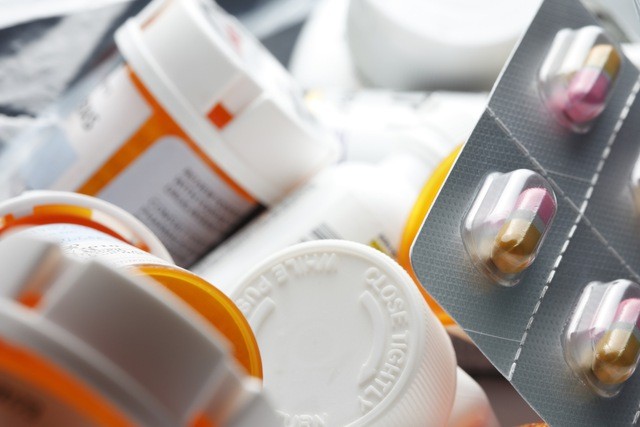The High Demand for Medicines and its Impact on Supply

In recent times, the global healthcare system has been facing a critical issue with the shortage of essential medicines. The lack of supply has put patients at risk and led to complications in their treatment plans. This crisis has affected various countries, with Europe experiencing record-high shortages and the United States witnessing its highest levels in a decade.
The Growing Dependence on Generic Drugs
The shortage of medicines primarily stems from the growing reliance on generic drugs. These drugs are equivalent in effectiveness to branded medications but are produced at a significantly lower cost after the expiration of their patents. However, despite their crucial role in global healthcare, the weak production and supply chain have made generic drugs less attractive to manufacturers.
The Impact of Supply Disruptions
The production and supply chain for pharmaceuticals face significant vulnerabilities that can disrupt the availability of medications. Any disruptions, no matter how small, can lead to shortages in the lower segments of the supply chain. These disruptions often occur in countries with lower incomes that cannot compete on pricing with wealthier nations.
Moreover, the market heavily relies on manufacturing plants in India and China due to their low production costs and advanced infrastructure. These countries hold over 50% of the necessary quality certifications for active pharmaceutical ingredients (APIs) and 48% of the certifications for cancer treatments.
The Consequences for Patients and Manufacturers
The shortage of essential medicines has severe consequences for both patients and manufacturers. Patients experience increased treatment costs, reduced efficacy, and higher risks of complications and mortality. According to a survey conducted by European pharmaceutical companies, the shortage has caused significant drawbacks and adverse effects.
Manufacturers, on the other hand, face challenges in meeting the demand for medicines. The low prices of generic drugs discourage new entrants from entering the market, resulting in limited competition. This lack of competition prevents investment in the sector, making it unattractive.
The Road to Recovery
To address the shortage crisis, pharmaceutical companies and healthcare systems are taking various measures. For instance, Pfizer, a major methotrexate supplier for over 40 countries, is increasing production in Australia. However, these measures require substantial investments in human resources, specialized equipment, and production capacity, which can take up to 12 to 18 months to impact the supply.

The current situation calls for a more resilient and sustainable supply chain. To achieve this, there is a need for greater transparency and coordination among organizations involved in purchasing and distributing medications. Regulatory bodies are also considering the risks associated with relying on sourcing from countries like China and India, focusing on building reserves and restoring domestic production capabilities.
In conclusion, the global shortage of medicines poses a significant challenge for both patients and manufacturers. The heavy dependence on generic drugs, coupled with supply disruptions and limited competition, has created a vulnerable healthcare system. Efforts are underway to restore stability and ensure the availability of essential medications. As the industry evolves and adapts, it is essential to prioritize the healthcare needs of individuals while addressing the economic and logistical challenges at hand. Learn more about the latest developments in finance and economics at Business Today.
